- News >
- Fascinating Facts to Know Before Your Visit to Sierra Leone
Fascinating Facts to Know Before Your Visit to Sierra Leone
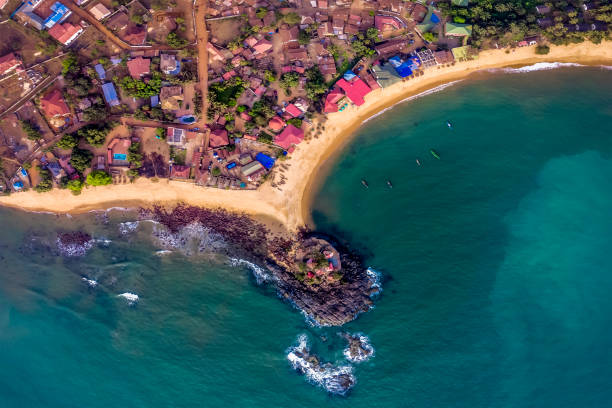
Sierra Leone sits on West Africa's coast, bordered by Guinea and Liberia. Its diverse landscapes, from sandy beaches to lush forests, offer an adventure waiting to be explored. With a rich cultural blend, Sierra Leone welcomes visitors with vibrant festivals and traditional music. Whether wandering Freetown's historic streets or relaxing on its pristine beaches, Sierra Leone promises unforgettable experiences that will keep you coming back for more. As you prepare for your visit to this captivating destination, here are some intriguing facts to capture your attention.
Name origin
The nation's title, Sierra Leone, was given by the Portuguese explorer Pedro de Sintra in 1462. He named it "Serra Leoa" (signifying Lion Mountains) after being struck by the majestic mountains he encountered during his voyage along the West African shoreline.
Diverse population
Sierra Leone, spanning 27,699 square miles, ranks amongst the smallest countries globally, just slightly smaller than Scotland. Despite its modest size, it hosts remarkable diversity among its people, with 16 distinct ethnic groups, each with its own language. The Temne, the largest and most influential ethnic group, are followed by the Mende people. Additionally, archaeological evidence suggests that Sierra Leone has been inhabited for millennia, with successive influxes of invaders and migrants from inland regions contributing to the shaping of its diverse population.
Free Town
Freetown, the capital city of Sierra Leone, was established in 1787 as a resettlement destination for repatriated and rescued former slaves. Following the decline of the university in Timbuktu, Freetown also became the site of the inaugural institution of higher education in modern sub-Saharan Africa. Established in 1827, Fourah Bay College served as the sole option for West Africans in British colonies seeking a university degree, aside from pursuing education in Europe or America.
Diverse wildlife
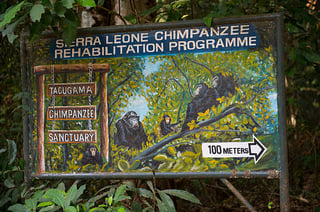
Sierra Leone's tropical climate fosters an abundance of diverse wildlife, including hippos, lions, elephants, buffaloes, an array of bird species, and notably, chimpanzees. The renowned Tacugama Chimpanzee Sanctuary alone is home to approximately 75 million chimpanzees. Additionally, Sierra Leone boasts an estimated 99 fish species,147 mammal species, 626 bird varieties, 35 amphibian species, and 67 reptile species. Regrettably, species such as the African wild dog are likely extinct within Sierra Leone's borders due to challenges such as civil unrest, deforestation, mining activities, habitat degradation, and overfishing, highlighting the urgent need for conservation efforts to safeguard the country's precious biodiversity.
A home to famous cotton tree
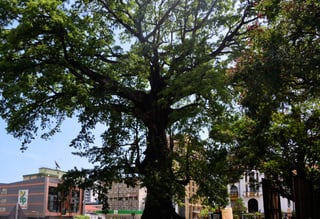
Freetown boasts its most famous landmark, an immense Cotton Tree positioned at the heart of the city. It is believed to be centuries old and holds significant historical importance, particularly in the city's early days. Legend has it that impoverished black settlers sought refuge under its shade upon arriving in Freetown in 1787. Surrounded by modern roads and structures today, the Cotton Tree was once a gathering place for emancipated slaves. Upon their arrival in 1792, freed slaves reportedly sought solace beneath its branches, where they offered prayers, held Thanksgiving services, and sang hymns. Being the oldest cotton tree in Sierra Leone and possibly in the world, it remains a revered symbol in Sierra Leonean culture. This iconic tree is depicted on the country's 10,000 Leones banknotes and serves as a sacred site where citizens pay homage to their ancestors through offerings and prayers.
Bunce Island serving as a historical significance
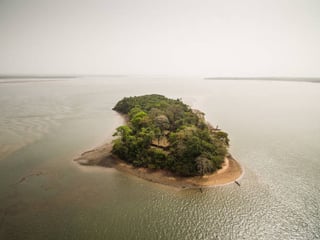
Located approximately 20 miles upstream from Freetown along the Sierra Leone River is Bunce Island, an uninhabited island that served as one of more than sixty forts involved in the slave trade along the West African coast. Today, it stands as a poignant African symbol of the North American slave trade.
Sierra Leone “blood diamonds”
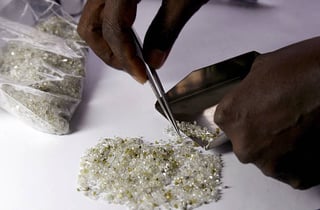
Blood diamonds, also known as conflict or war diamonds, funded the Revolutionary United Front (RUF) during Sierra Leone’s civil war from 1991 to 2002. United Nations forces, British troops, and Guinean air support helped end the conflict. Despite this association, Sierra Leone's mineral wealth shouldn't be overlooked. In 1972, miners found the Star of Sierra Leone, a massive 968.9-carat diamond. These conflict diamonds also fueled other African conflicts, leading to the establishment of the Kimberley Process in 2000 to stop their circulation. The movie "Blood Diamond," starring Leonardo DiCaprio, Djimon Hounsou, and Jennifer Connelly, is set in Sierra Leone, depicting events from the Civil War and the Kimberley Process's establishment.
Frequently Asked Questions
What is the climate like in Sierra Leone?
Sierra Leone has a tropical climate with two distinct seasons: the rainy season from May to October and the dry season from November to April. Temperatures typically range from 25°C to 32°C (77°F to 90°F) year-round.
What languages are spoken in Sierra Leone?
English is the official language of Sierra Leone, but there are over 20 indigenous languages spoken throughout the country. The most widely spoken local languages include Krio, Mende, Temne, and Limba.
What is the cuisine like in Sierra Leone?
Sierra Leonean cuisine features a variety of flavorful dishes, often incorporating rice as a staple. Some popular dishes include jollof rice, cassava leaves, groundnut stew, and fried plantains.
What souvenirs can I buy in Sierra Leone?
Visitors can purchase a range of locally made crafts and products, including wood carvings, batik fabrics, handmade jewellery, traditional masks, and musical instruments like the kora and djembe drum.
What are the visa requirements for visiting Sierra Leone?
Visa requirements vary depending on your nationality. It's recommended to check with the nearest Sierra Leonean embassy or consulate for the most up-to-date information on visa requirements and entry regulations.
